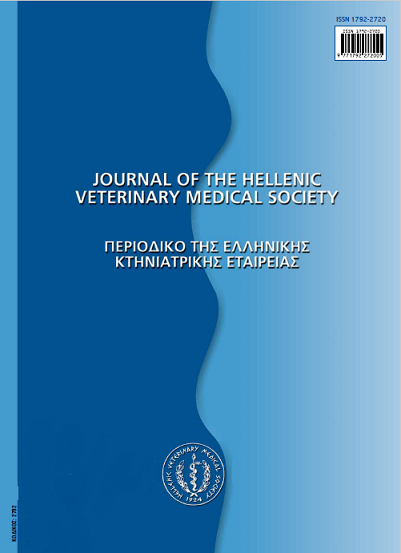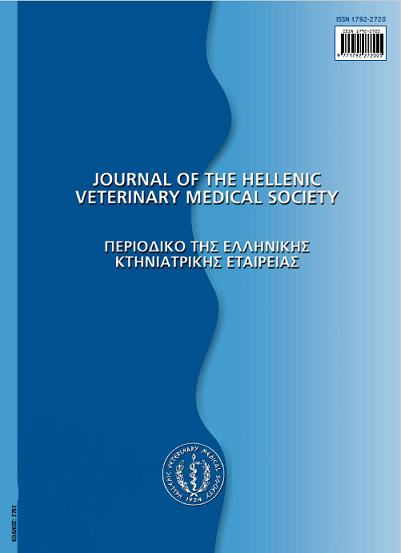Dolphin therapy
Abstract
Dolphin therapy emerged during the 1950s. The work of Dr. John Lilly played an important role, since he investigated the impact of dolphins on disabled people. From 1978 onwards, the therapeutic aid of dolphins was further advanced, especially after the success of Dr Davis Nathanson with Down-syndrome children and Dr. Ludmila Lukina, who developed many therapeutic methods. The therapeutic method is based on the hypersonic stimulus transmitted by the dolphin sonar (a strong organ at the top of the head, which helps dolphins to produce and receive sounds) towards the central nervous system of humans, resulting in the synchronization of brain hemispheres for a certain period (brain waves are concerted in both hemispheres regarding frequency and phase), which is in turn contemplated as neurologically uncommon. The scientific experience of supplementary therapeutic approaches using dolphins reinforces the classical medical therapies and has provided solid proofs of positive effects of such programmes on: autism, Rett syndrome, Down syndrome, mental delay, brain paralysis, depression, cognitive difficulties, hyperkinetic syndrome. Therapeutic centres, such as Dolphin Assisted Therapy, provide various therapeutic programs of different duration, targeting to assist people with a variety of problems. Scientific results documented that dolphins affect the speech during interaction with humans, decrease the depression symptoms and reduce the pain in people suffering from multiple sclerosis. The present work provides up to date data regarding dolphin therapy in a worldwide context. It is actually a thorough literature review, which attempts to cover a gap in the field of therapeutic contribution of animals to human's health.
Article Details
- Zitationsvorschlag
-
GOUVA (Ε. ΓΚΟΥΒΑ) E., ERGOLAVOU (Α. ΕΡΓΟΛΑΒΟΥ) A., PASCHOS (Ι. ΠΑΣΧΟΣ) I., PERDIKARIS (Κ. ΠΕΡΔΙΚΑΡΗΣ) C., NATHANAILIDES (Κ. ΝΑΘΑΝΑΗΛΙΔΗΣ) C., DAMIGOU (Ν. ΔΑΜΙΓΟΥ) N., & ATHANASSOPOULOU (Φ. ΑΘΑΝΑΣΟΠΟΥΛΟΥ) F. (2017). Dolphin therapy. Journal of the Hellenic Veterinary Medical Society, 60(2), 154–160. https://doi.org/10.12681/jhvms.14924
- Ausgabe
- Bd. 60 Nr. 2 (2009)
- Rubrik
- Review Articles
Authors who publish with this journal agree to the following terms:
· Authors retain copyright and grant the journal right of first publication with the work simultaneously licensed under a Creative Commons Attribution Non-Commercial License that allows others to share the work with an acknowledgement of the work's authorship and initial publication in this journal.
· Authors are able to enter into separate, additional contractual arrangements for the non-exclusive distribution of the journal's published version of the work (e.g. post it to an institutional repository or publish it in a book), with an acknowledgement of its initial publication in this journal.
· Authors are permitted and encouraged to post their work online (preferably in institutional repositories or on their website) prior to and during the submission process, as it can lead to productive exchanges, as well as earlier and greater citation of published work.










